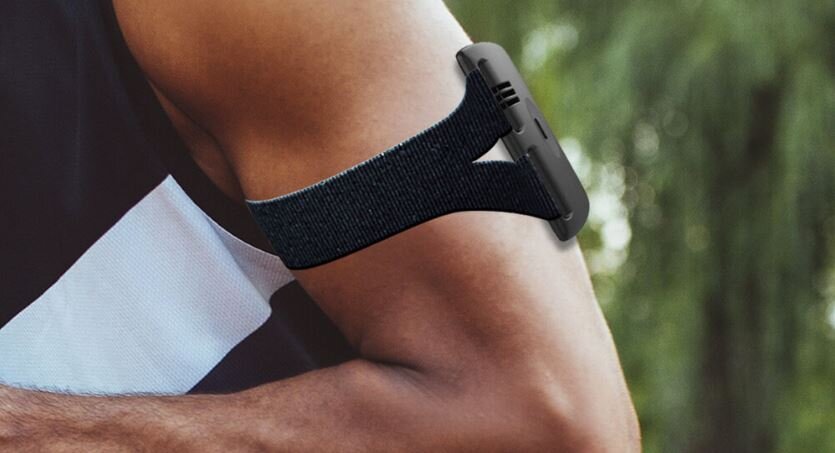While there are many products on the market designed to keep you cool while working in the summer heat on the jobsite, none of those products actively measure your body temperature. A smart PPE manufacturer, named Kenzen, has recently released a patch to actively monitor the body temperatures of your team of workers.
screenshot of the Kenzen App, courtesy of Kenzen
The Kenzen Patch, which is designed to be strapped to the arm of the user, will send an alert to the worker and their supervisor if the worker’s body temperature gets too high. This goal is to allow for immediate intervention before a worker starts showing symptoms of heat illness.
In order to calculate the body temperature, the device uses a combination of data points, including heart rate, activity, and skin temperature, and ambient temperature. Alerts are sent via the Apple or Android app and will notify the worker and supervisor that the worker needs to take a break and follow necessary steps to lower their body temperature, such as find shade, drink water, and remove excess clothing.
From the management perspective, data will be collected in a dashboard, which can help team leaders adjust their schedules to reduce the effects their workers are feeling from heat. By knowing the trends, companies can better locate rest and shade areas, water stations, as well as change start and end times for work shifts.
the Kenzen dashboard, courtesy of Kenzen
The Kenzen Patch is currently available as a limited release and they are currently testing the devices in the construction, manufacturing, mining, and oil & gas industries, among others. The patch is targeting enterprises currently, but the companies does have plans to make the device available to individuals in the future. Companies are charged on a per worker, per month basis.














Shane is the creator of Construction Junkie and an active construction project manager. In his career, he has managed interior remodel projects, site development, construction safety, governmental project compliance, and facility maintenance. He has a strong passion for construction technology and safety, as well as sharing the knowledge or insights he has gained throughout his career.